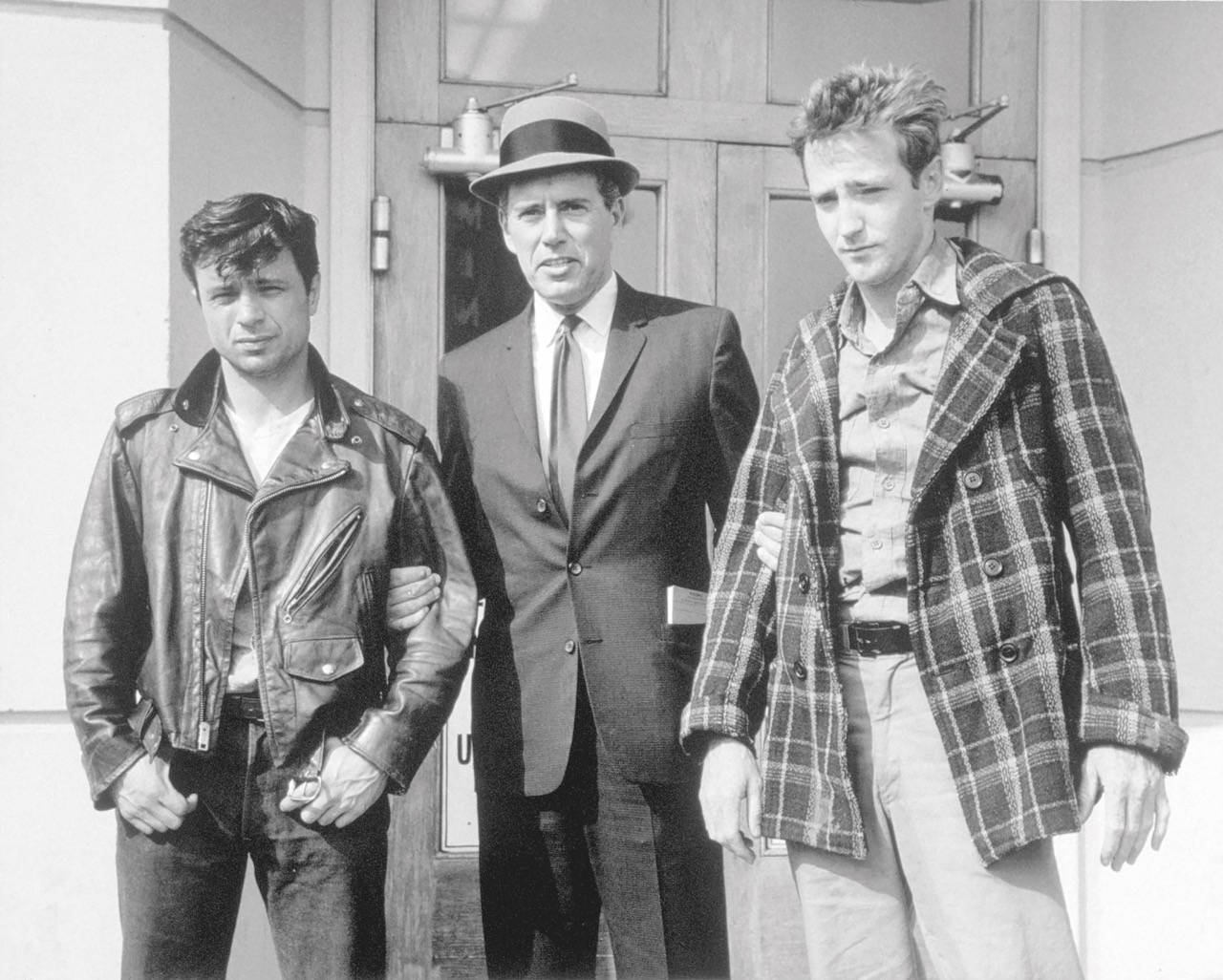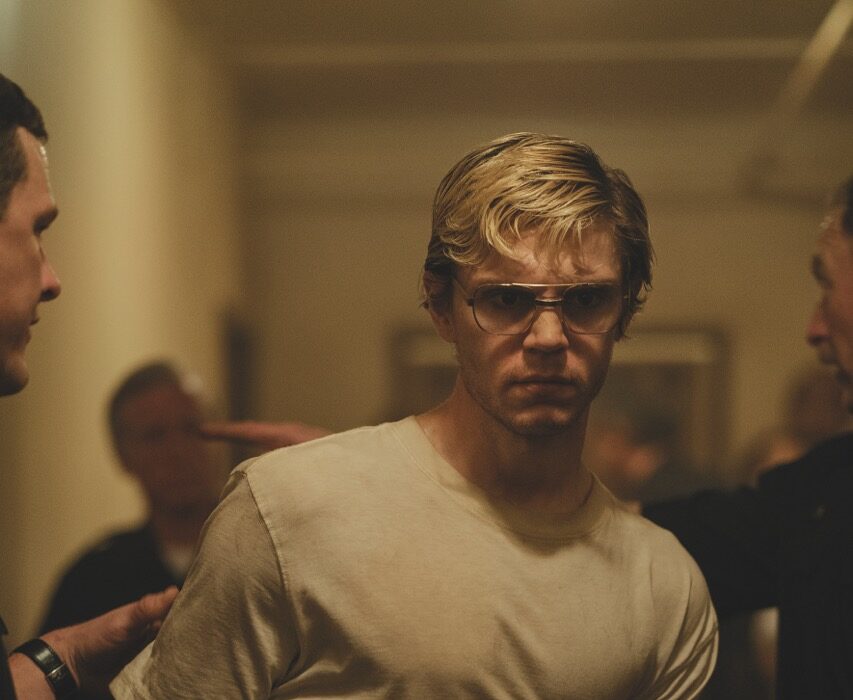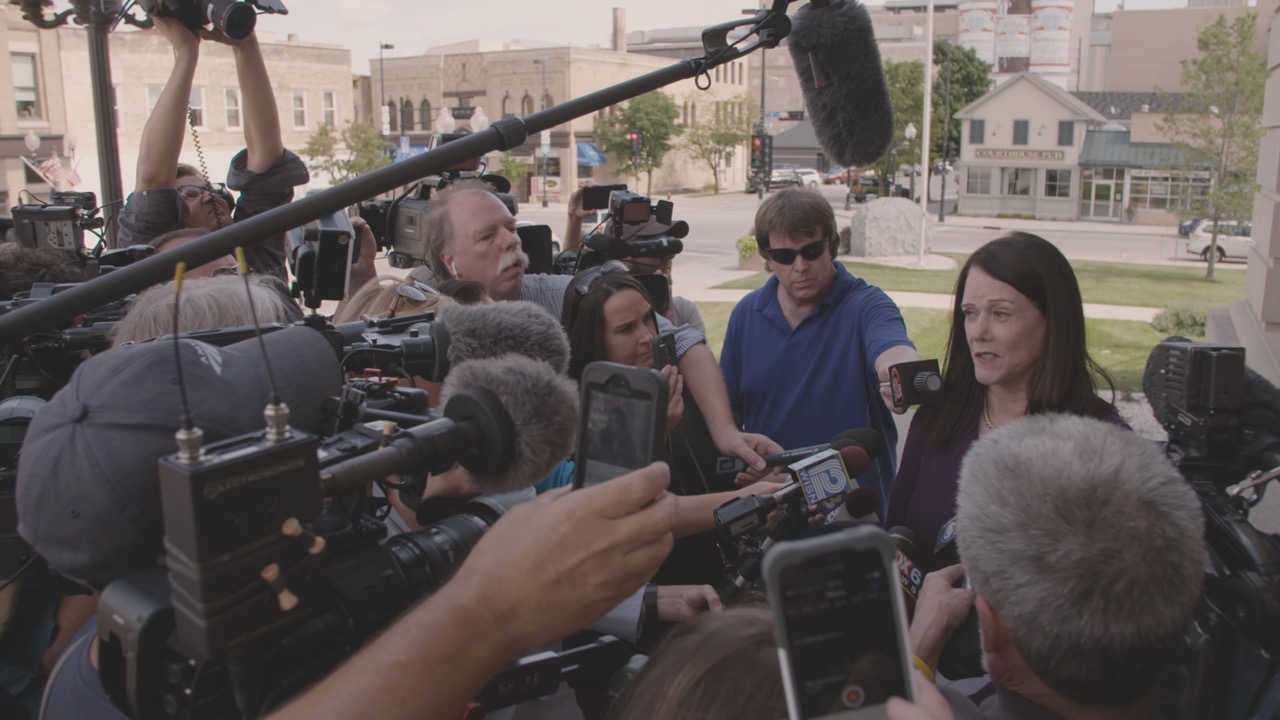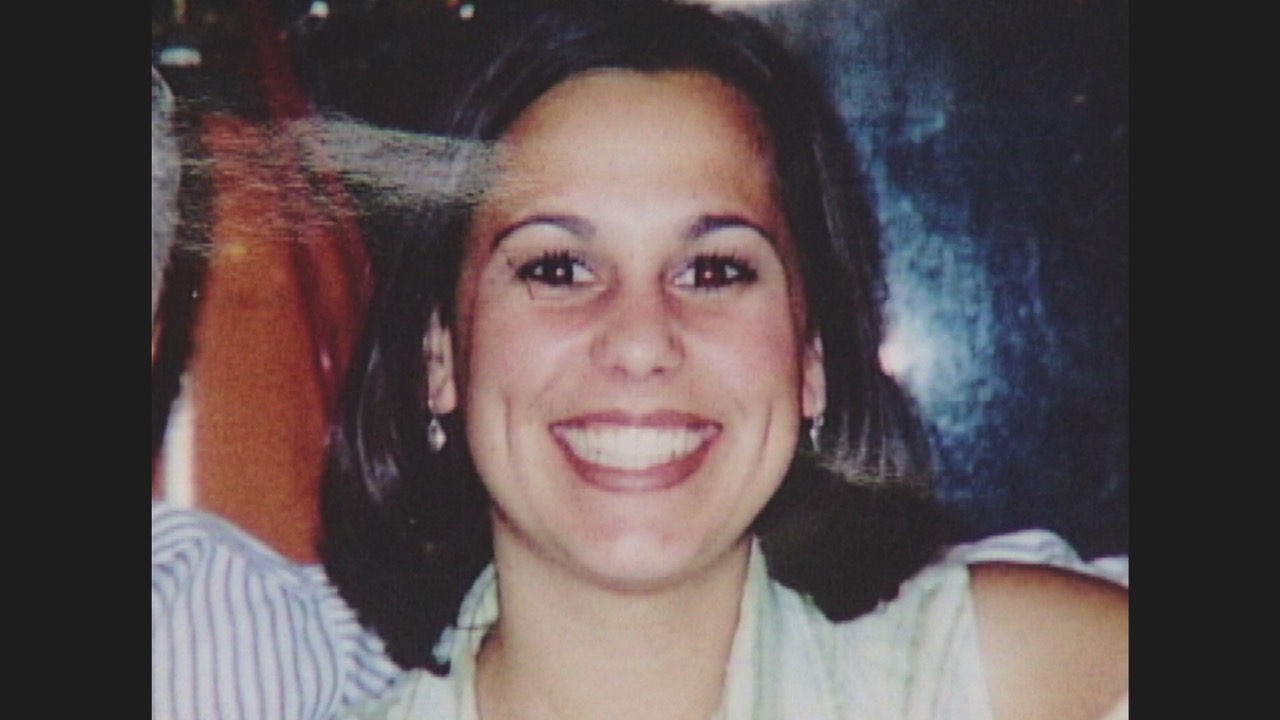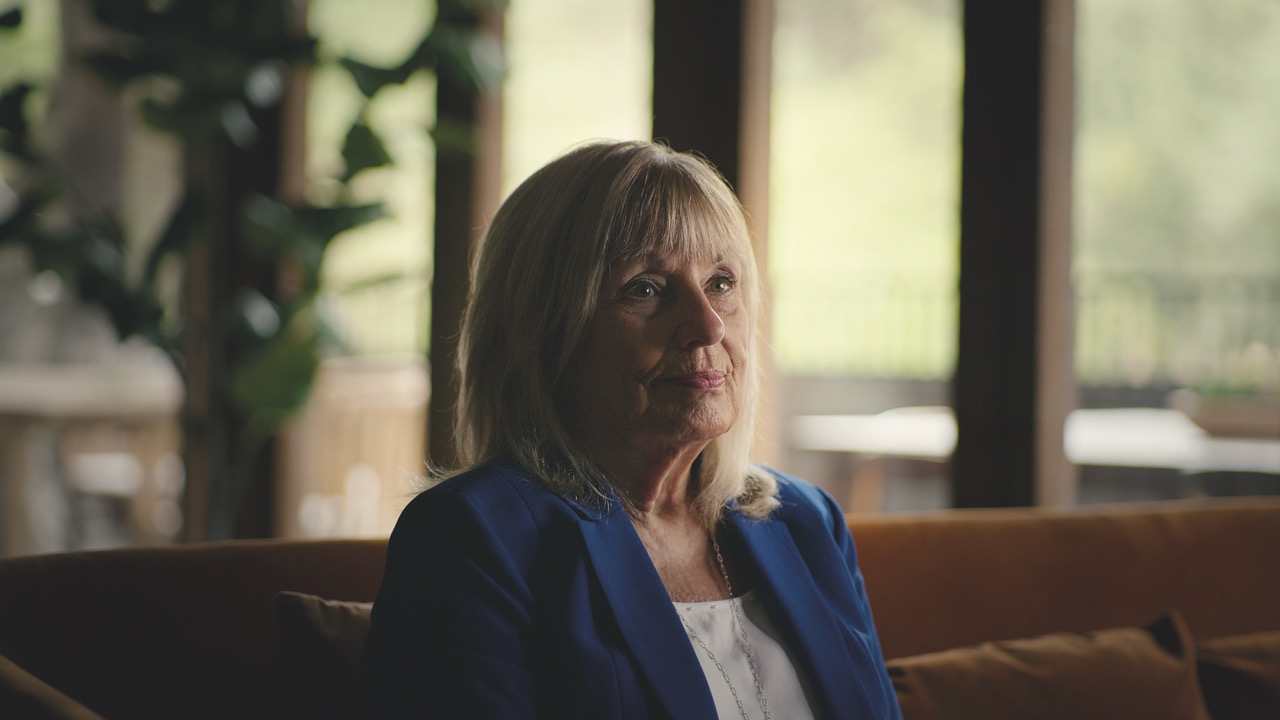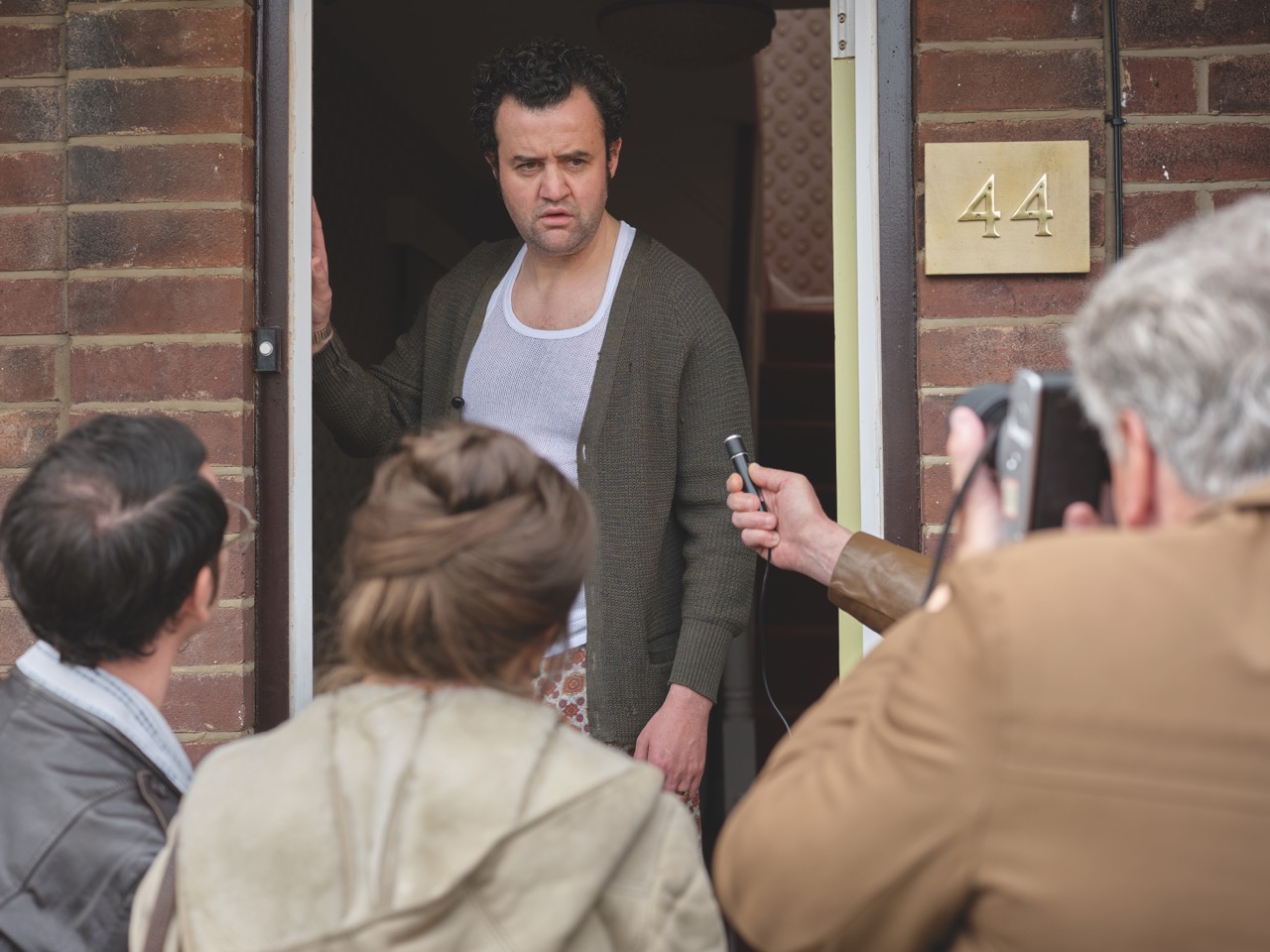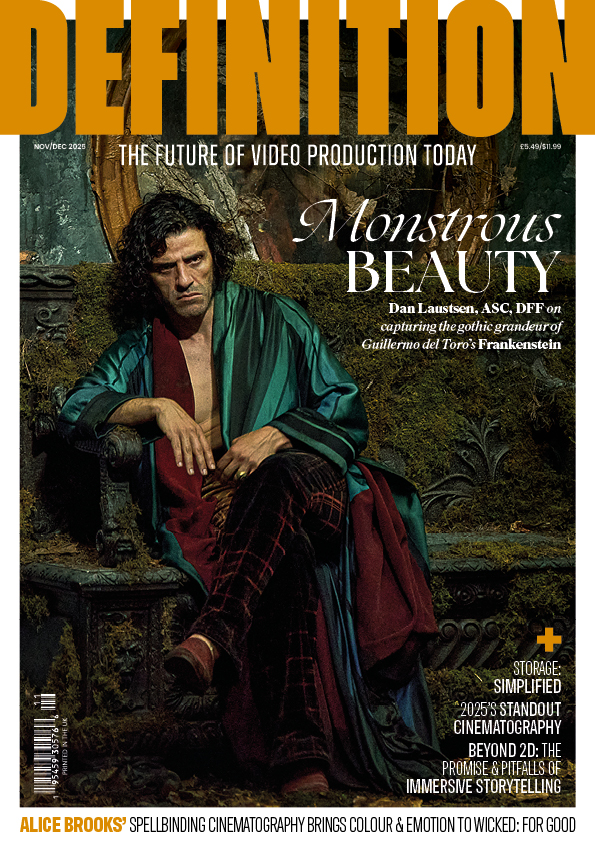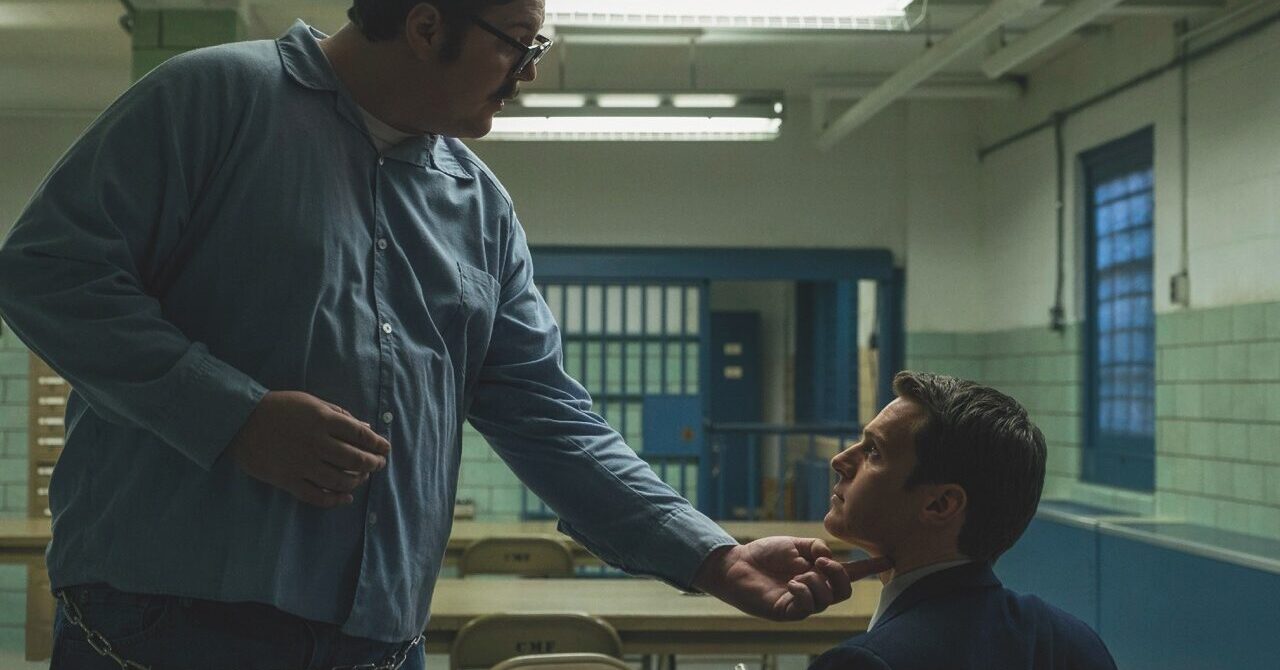
Filmmakers on the ethics of true crime
Posted on May 14, 2025 by Admin
Audiences have never been hungrier for true crime content. But as the genre explodes in popularity, it raises an ethical conundrum for viewers and creators. We talk to a director, editor and DOP for their takes
Words Oliver Webb
It’s hard to pinpoint the exact moment when audiences first became fascinated by true crime content, although the genre has been around in some form or another for centuries. It was popularised with Truman Capote’s 1966 novel In Cold Blood, a non-fiction account of the 1959 Clutter family murders in the small farming community of Holcomb, Kansas, which was in turn adapted into a feature film of the same name in 1967. But within the last decade, true crime has exploded in popularity. Shows such as Mindhunter, based on the 1995 book Mindhunter: Inside the FBI’s Elite Serial Crime Unit by John E Douglas and Mark Olshaker, Making a Murderer and The People v OJ Simpson: American Crime Story have helped fuel audience interest.
Mass consumption
According to Netflix, its third-most-watched show of all time – with 115.6 million views globally – is Monster: The Jeffrey Dahmer Story. The show unravels Dahmer’s life, exploring how he became one of the most notorious serial killers in US history. Upon its release, some critics were unhappy with its glorification of events, while the victims’ families not being informed proved controversial.
Rita Isbell, sister of Errol Lindsey, one of Dahmer’s victims, spoke out against the series in an essay for Insider, targeting the industry for its ‘commercialisation of tragedy’. A relative of another victim accused the limited series of ‘retraumatising’ their family. Despite this, Netflix viewers still flocked to watch it. In fact, it was streamed for 196.2 million hours in the first week after its initial release in 2022.
A number of issues arise for filmmakers when making true crime content, but one of the overarching dilemmas they face is whether or not the content is ethical. This comes down to a number of factors, including the choice to give serial killers and criminals a narrative platform, getting consent from the victims’ families to tell their stories, distortion of facts and evidence for dramatic effect and potentially putting those involved at risk of danger and harassment from the public.
Case not closed
In some instances, true crime shows and documentaries have influenced the outcomes of real cases or trials. Released in 1988, The Thin Blue Line was able to successfully overturn Randall Dale Adams’ case after he had been wrongfully convicted of murder in 1977.
Similarly, ITV’s 2024 drama Mr Bates vs The Post Office sparked public outcry. It depicted the British Post Office scandal, when hundreds of subpostmasters were wrongly accused of theft due to a faulty IT system. The show helped ignite public interest, even leading to then prime minister Rishi Sunak announcing new legislation to quash convictions relating to the scandal and clear the names of innocent people. Further to this, a petition with over 1.2 million signatures demanded former Post Office CEO Paula Vennells have her CBE withdrawn.
Netflix’s Unsolved Mysteries featured the story of Kayla Unbehaun, a nine-year-old girl who vanished from her Illinois home in 2017. A photo of Kayla was shown in the episode, along with an age-progression image depicting what she might look like now. The image prompted a North Carolina store owner to report a sighting after recognising her, ultimately leading to her mother’s arrest.
Another example of a Netflix show that sparked backlash was ten-part miniseries Making a Murderer. Shortly after its release, more than 275,000 viewers signed a petition asking then president Barack Obama to overturn Steven Avery’s conviction for the 2005 murder of photographer Teresa Halbach.
While it’s arguably beneficial to bring certain stories to light, this doesn’t come without consequences. In the case of Making a Murderer, certain specific details of the case weren’t included in the documentary, begging the question of whether a filmmaker is responsible for the full facts of a story.
Further to this, several people involved in the case received numerous death threats. It’s easy to become embroiled in a case that keeps you hooked, but this can encourage audiences to become amateur sleuths, which can lead to the spread of misinformation and, in extreme instances, false accusations.
Honouring the victims
American Murder: Laci Peterson is a 2024 Netflix miniseries that delves into a murder case from 2002. “I’m very interested in telling stories that are victim-forward, so I start by asking myself if a project has a story that I feel is one I want to explore,” says Skye Borgman, director of the miniseries. “I always try to acquire as many official documents as I can and reach out to those closest to the victim.
“With this particular story, we reached out to Laci’s mum Sharon, Laci’s best friends and Scott Peterson’s sisters immediately. Sharon didn’t want to participate in the documentary at first. It’s hard because doing an interview brings up a lot of emotions, and I understand why people wouldn’t want to participate. I think Sharon ultimately wanted to make sure Laci’s voice was at the centre of our documentary and that’s why she decided to sit down for an interview in the end. I’m really happy she did because she brings such an important message of survival, grief, joy and persistence into the narrative.”
For Borgman, there are many challenges when working on true crime shows, including reaching out to people to see if they want to be public. “Also striking the right balance with the project, building trust with participants and delivering on my word because any given film isn’t exclusively in my hands – I have production companies and networks giving notes and exploring all the possible narrative threads. There are deep conversations going on about character arcs, plot points, timing and tone. It really rests with me to find a way to make it all work and deliver films that families will be proud of, which are also factually accurate.”
Rick Milewski, who edited episode 1 of the show, has worked across numerous true crime shows, including Homicide, Waco: American Apocalypse, The Last Narc and Kids Behind Bars: Life or Parole.
“What’s interesting about true crime docs is that we sometimes end up omitting elements because it makes for a better story,” he explains. “However, that’s often a struggle; we have lots of deep discussions about what makes the story move forward and whether that’s doing injustice to any of the subjects involved. Are these facts salient or is it information that’s just not important? A lot of the time, as an editor, I’ll just be handed a bunch of material and be told to shape a story out of it. That can be really vague, so it’s about finding out what that story is going to be.”
With Laci Peterson’s story, Milewski wanted to come at it without any bias at all. “Of course, you’re still working for a streaming service. They’re very concerned about keeping eyeballs on the show, so you have to hook in the viewer in the first few minutes,” he says. “We had previously unseen footage of Laci as a teenager and I wanted to include as much of that as possible early on in our show; that was a point of contention. It was visceral for me to see this girl in a happier time of her life, as a real person I could connect to, so we fought really hard to include it, and in the end we found a nice balance. I really wanted to know and understand more about who Laci was because I wanted to connect with her as a person, not just as a new story to tell.”
Milewski acknowledges that he’s worked on shows which have received criticism for their content, and remembers being completely caught off guard after reading one review of Waco. “One of our subjects is watching a building burn on TV, and her whole family are in there,” he says. “It was important to tap into the emotion and not just to relay the facts, but there’s a fine line there. I put this picture of her as a child, sort of split screen, next to her face, and one of the critics said this was a horrific thing to do. I remember thinking that this is an adult telling the story of her trauma, and that she’s still stuck in this place as a child; I really wanted that to hit home. It was interesting to me that it was perceived in that way, as being a disgusting thing to do. As someone who always tries to keep these things tasteful, and is concerned about the nature of how we present the material, I was really taken aback.”
Shifting the focus
ITV’s 2023 The Long Shadow dramatises the five-year hunt for the Yorkshire Ripper. In dramatised true crime, more often than not the perpetrator becomes the focus of the narrative, though this isn’t the case with The Long Shadow, on which Ed Rutherford, BSC served as DOP. “It was a conscious direction to avoid, in any way, playing the perpetrator’s point of view,” says Rutherford.
“It was supposed to be from the victims’ perspective, set among this muddy minefield of patriarchy and incompetence of the police that existed at the time. But how do you stop it from becoming a procedural cop series? You need the sense of a thriller, but also a huge amount of sensitivity because of the nature of the material. That’s the tricky part – you still need to give it momentum to ensure audiences will stay with it across seven episodes.”
The filmmakers ran into issues with filming permissions across Bradford, as the city wanted nothing to do with the show, and to avoid retreading its painful past. Nevertheless, much of the show was filmed close to the real locations, across Leeds. Wilma McCann was Peter Sutcliffe’s first victim and ITV reached out to her son Richard very early on. “They kept him in the loop and they secured his approval for the story,” says Rutherford. “One of the survivors, Marcella Claxton, also visited the set. It was important due to the sensitivity of us filming in certain areas. This also served as a reminder to us that The Long Shadow was focusing on the victims and their stories.
“Meeting Marcella and Richard in real life really brought it home to me. If you don’t have consent for true subjects like this one, it becomes such a different story. You have to ask yourself whether you’re sensationalising it. One person’s name did have to be changed, as their family didn’t want to be involved.”
The Long Shadow also depicts themes of the institutional sexism and racism that ultimately led to the delay in capturing Sutcliffe. “One moment that was really poignant to shoot was when we see all the photo fits of Sutcliffe from across the years from various people. We see Marcella’s photo fit, which was bang on,” explains Rutherford. “The police just dismissed her testimony of being attacked with a hammer. We tried to show that there was no empathy around her at the time at all, so I was pleased with those scenes. Jasmine Lee-Jones, who plays Marcella, was phenomenal.”
Looking at the series from a cinematography perspective, it was important for Rutherford to film without ego. “It was about trying to film in an un-self-conscious way, with a hugely subjective approach to lensing,” he adds. “I felt the lighting sort of grew into itself and became more stylised and confident than we expected in prep. Director Lewis Arnold was extremely rigorous and we ultimately wanted a restrained and respectful camera that aimed to be subjective, as well as a confident lighting style that celebrated the lives and vibrancy of the subjects from all their different walks of life.”
While exact statistics of true crime audience demographics vary, they tend to suggest that it’s predominantly women watching. Studies and forums have suggested this is due to wanting to understand the psychology of criminals in order to better avoid them and protect themselves. Of course, this doesn’t apply to everyone – some viewers simply enjoy the mystery elements of solving cases.
According to recent surveys, women are also twice as likely as men to listen to true crime podcasts. This is somewhat unsurprising, since the World Health Organization (WHO) has indicated that globally one in every three women has been subjected to physical or sexual intimate partner violence or non-partner sexual violence in their lifetime, with the majority being intimate partner violence.
True crime content can serve an educational purpose, to raise awareness of dangerous patterns of behaviour, support victims and give their stories – instead of the perpetrators – a platform, or even help revisit otherwise forgotten cases. But if handled poorly, this content can be harmful and exploitative, even retraumatising those affected by cases. For filmmakers, telling these stories blurs the fine line between awareness and exploitation. Ultimately, though, the way in which a filmmaker chooses to do this can make all the difference.
This story appears in the April 2025 issue of Definition


